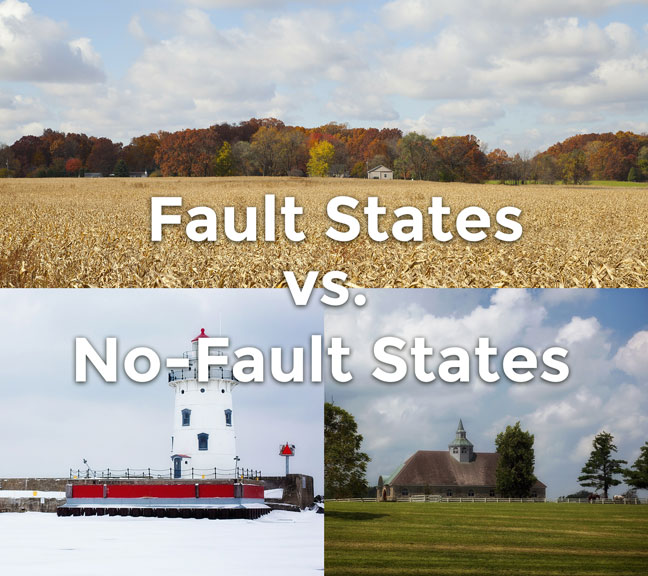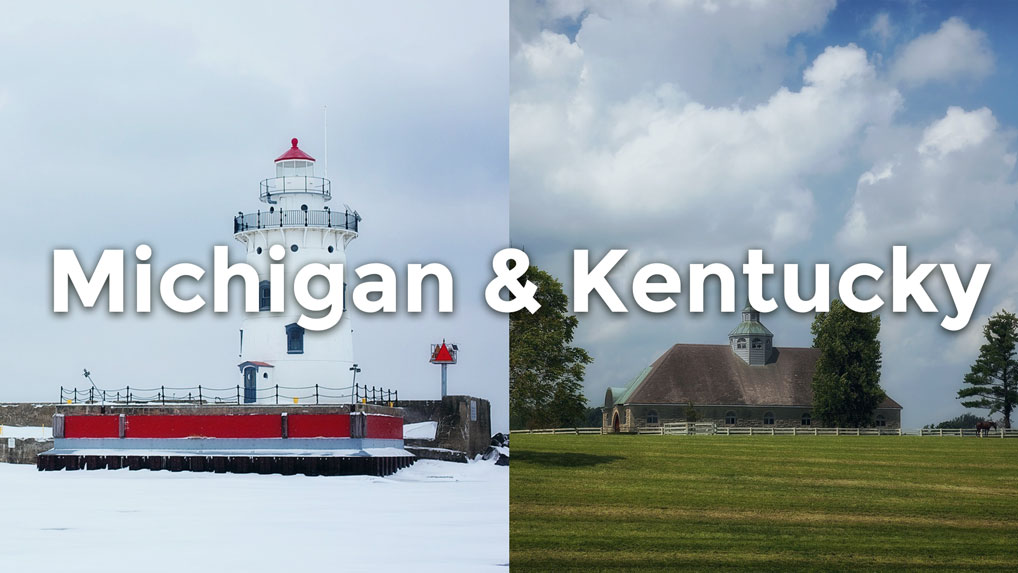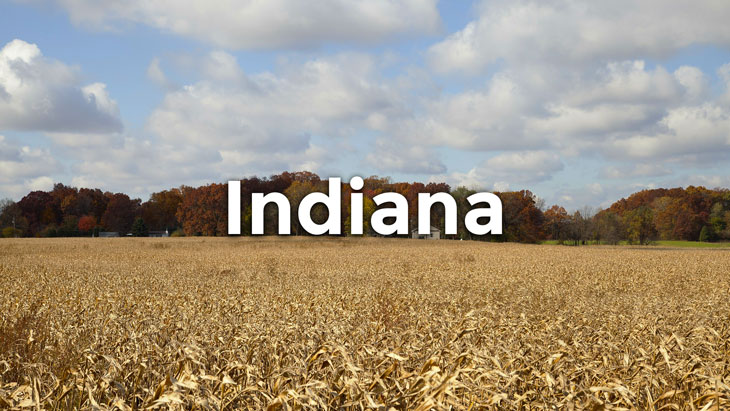No-Fault States vs. Fault States: What’s the Difference?
Indiana is a fault state. That means that if you’re driving along and someone hits you out of nowhere, you may not have to pay for your medical treatment, property damage, and other bills if you can prove that the other driver was completely at fault in the accident. Fault states revel in the details. […]

May 12, 2017
Indiana is a fault state. That means that if you’re driving along and someone hits you out of nowhere, you may not have to pay for your medical treatment, property damage, and other bills if you can prove that the other driver was completely at fault in the accident.
Fault states revel in the details. After all, sometimes accidents aren’t 100 percent the fault of one driver and not the other, but the state of Indiana takes this into account as well. If it’s determined that you are less than 51 percent at fault, the other driver’s insurance will typically cover at least 51 percent of your damages. For example: say you’re determined to be 20 percent at fault for your car accident. You’ll cover 20 percent of your bills, and the other driver’s insurance company will likely cover the remaining 80 percent.
But it doesn’t matter what state you live in when it comes to distinguishing between fault and no-fault states. It matters where the accident takes place.
Michigan and Kentucky: No-Fault States

Two of Indiana’s neighbors are no-fault states: Michigan and Kentucky. Drive east or west, and although car insurance law varies from state to state, you should have a fairly similar experience if you get into a car accident in Ohio or Illinois as you would in Indiana. But in Michigan and Kentucky, it’s a different story.
No-fault states keep things simple. Essentially, each driver is responsible for their own damages in a car accident. It doesn’t matter if you were obeying every single traffic rule in the book and were hit by a reckless driver—the other driver’s insurance company typically won’t cover any of your expenses. You’ll have to go to your own insurance company if you want to seek compensation for your damages.
How Does This Affect Hoosiers?

No-fault states like Michigan and Kentucky particularly hit uninsured or underinsured drivers the hardest. In fault states like Indiana, uninsured or underinsured drivers may still be able to recover damages if they didn’t cause the accident. But in states like Michigan and Kentucky, you will be expected to foot the bill if you get into a car accident, no matter who is at fault.
Make sure your insurance hasn’t expired and that you’re not behind on your payments before you travel to states like Michigan and Kentucky. Other no-fault states include Florida, Hawaii, Kansas, Massachusetts, Minnesota, New Jersey, New York, North Dakota, Pennsylvania, Utah, and the District of Columbia.
Why Do No-Fault States Exist?
It can seem unfair that states like Michigan and Kentucky punish safe drivers for accidents they didn’t cause. But they claim that no-fault insurance policies keep the courts from flooding with disputed car accident cases and keep insurance premiums low to begin with.
However, there is little to no evidence that insurance premiums in no-fault states are any better than those in fault states. What’s more, fault states don’t punish good drivers who happen to be in the wrong place at the wrong time. And if either insurance company—whether it’s your own or the other driver’s—gives you a hard time, you have the right to fight for the compensation you deserve with an experienced car accident attorney on your side.